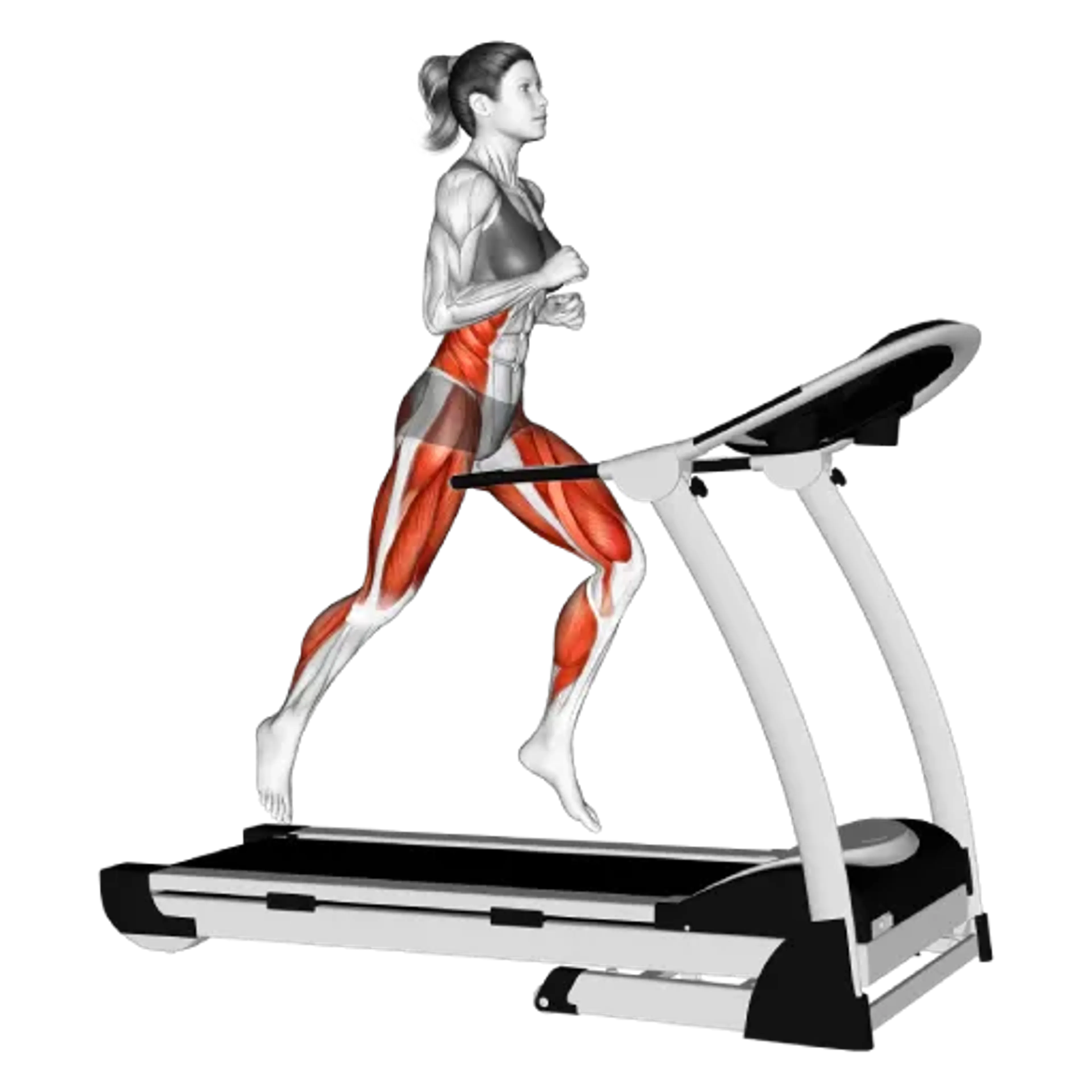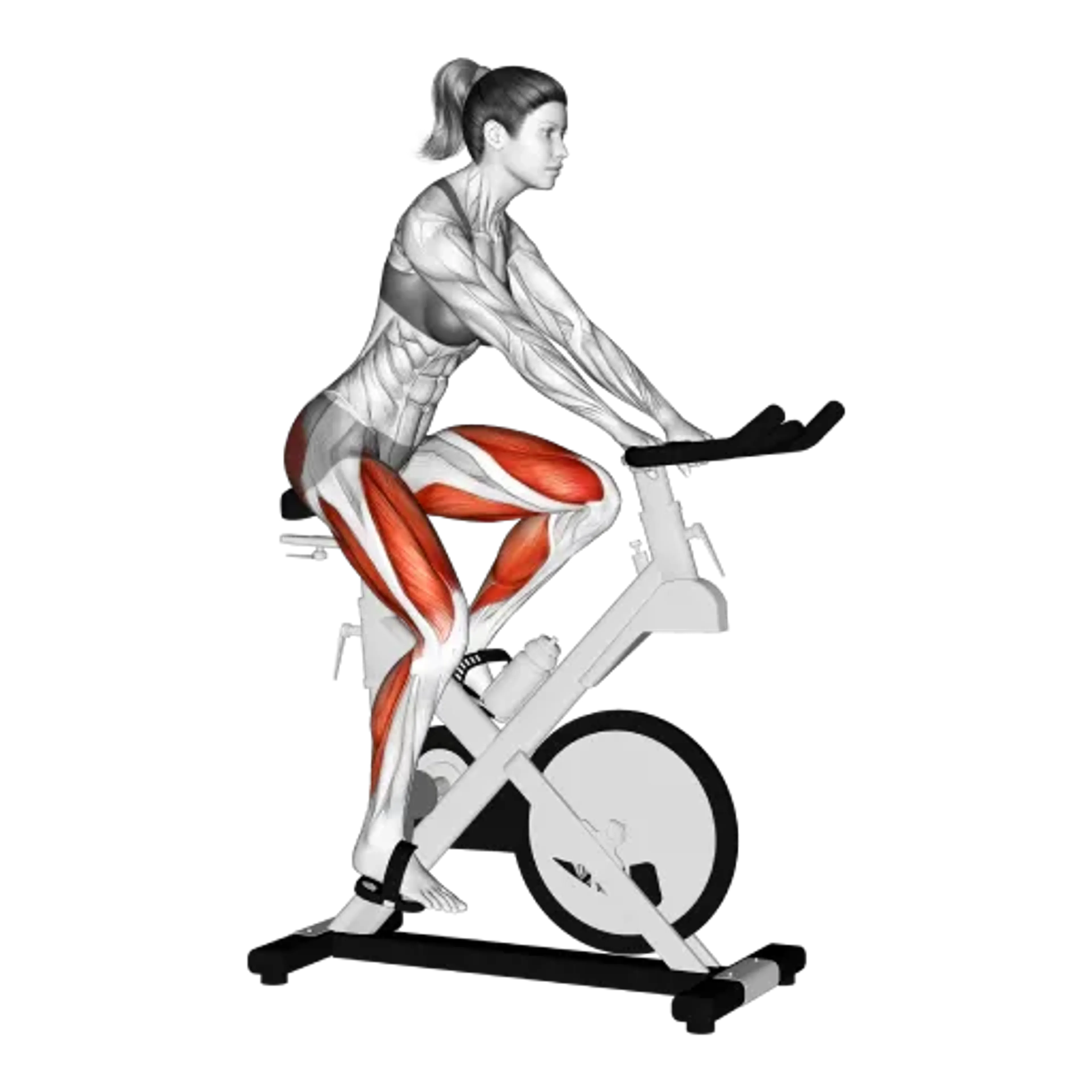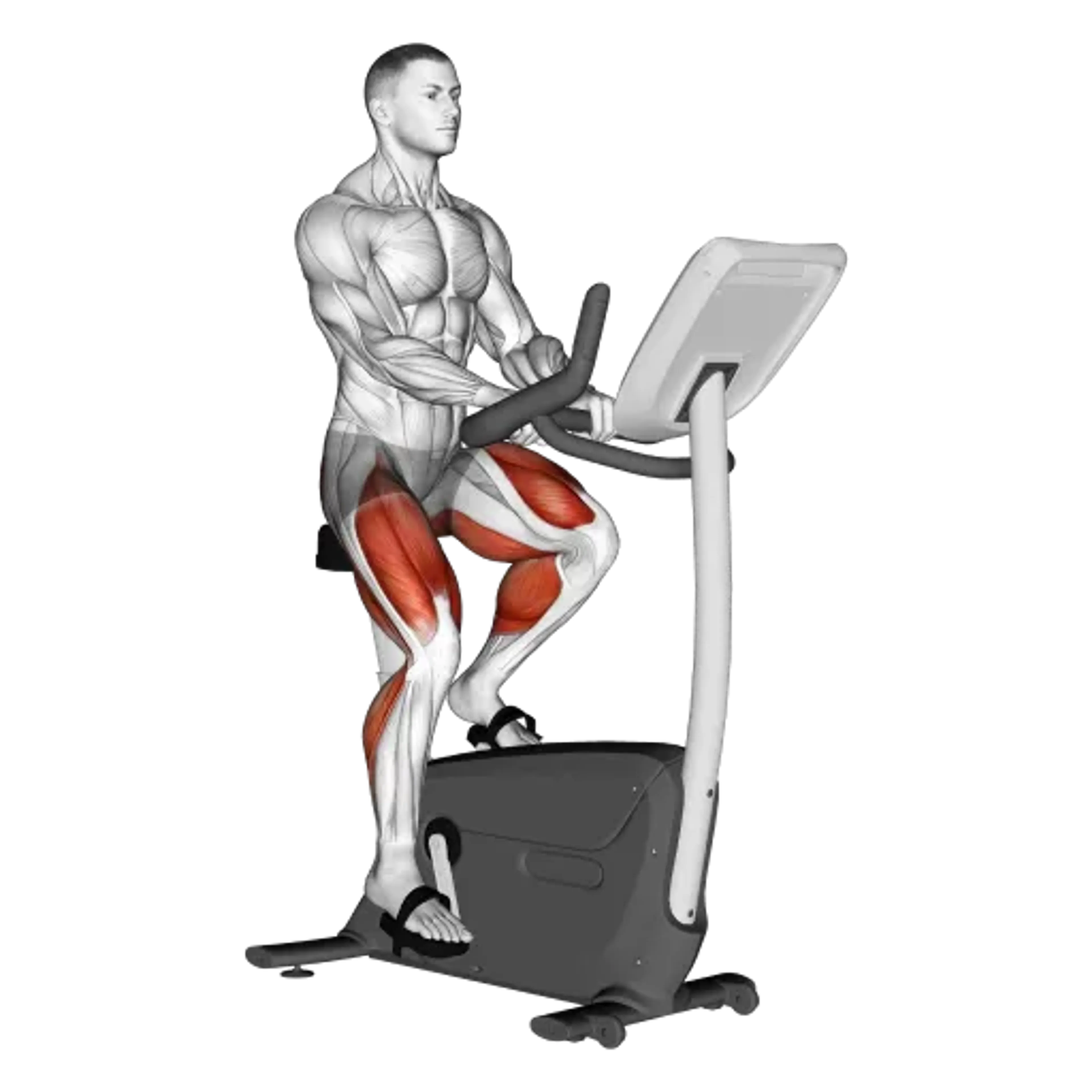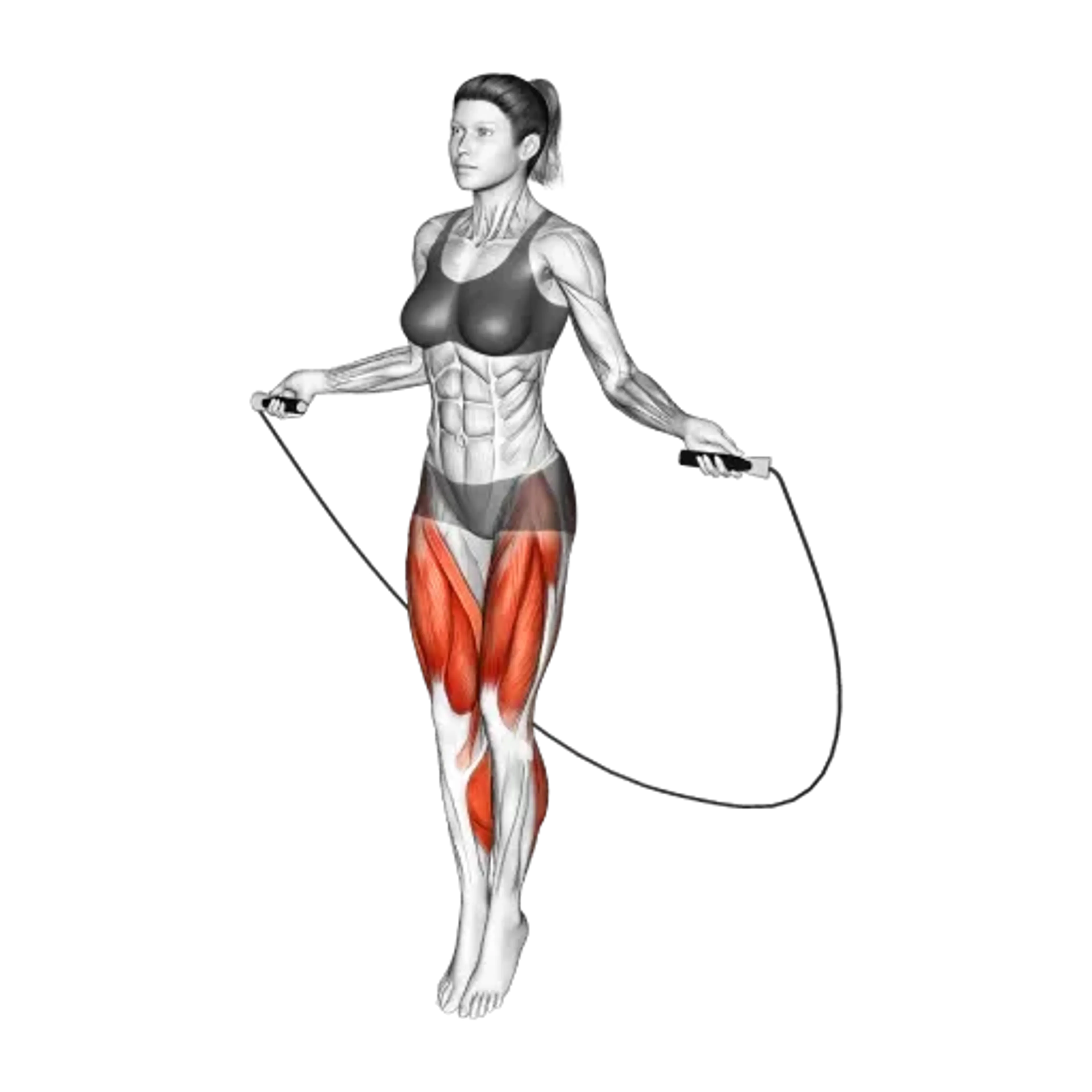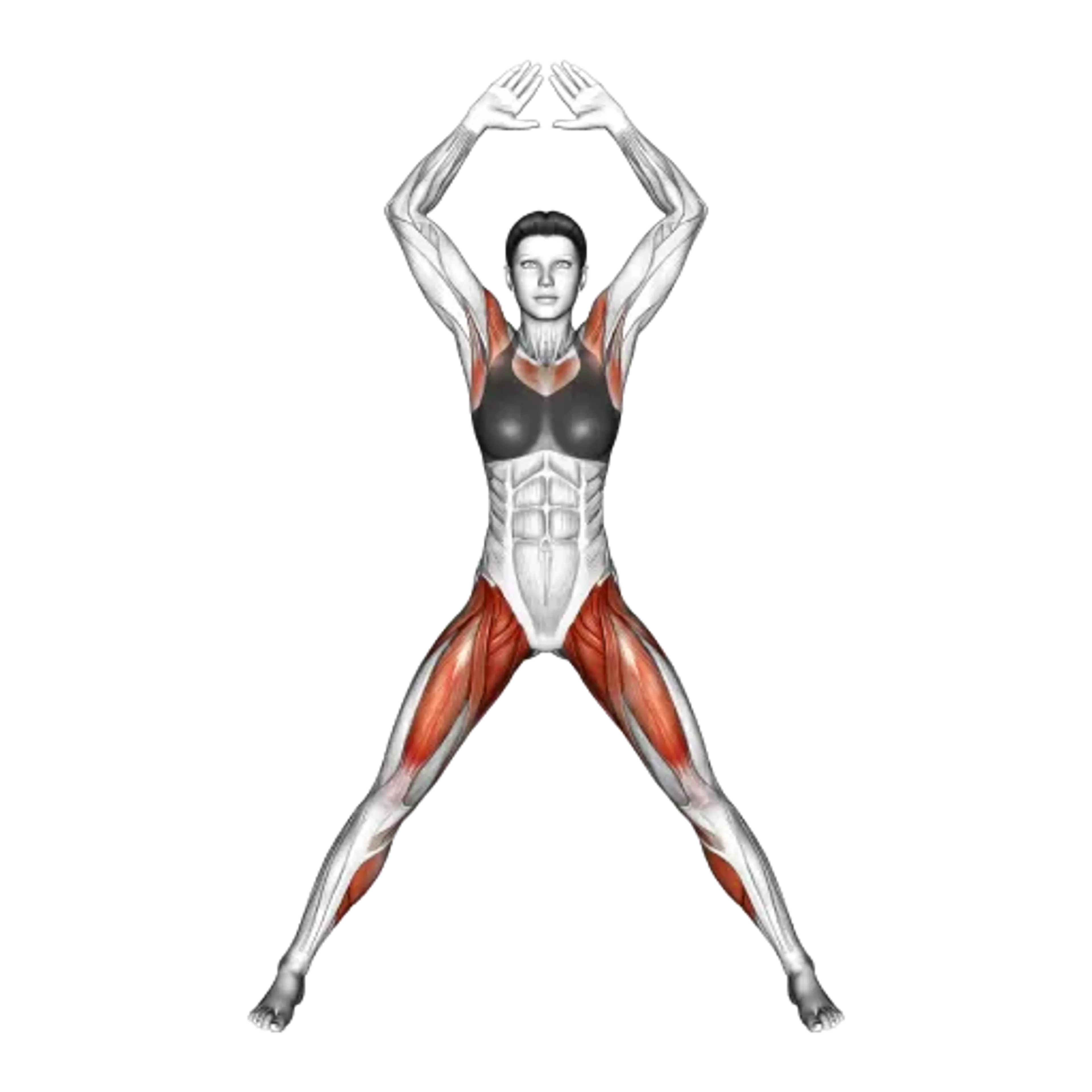Running
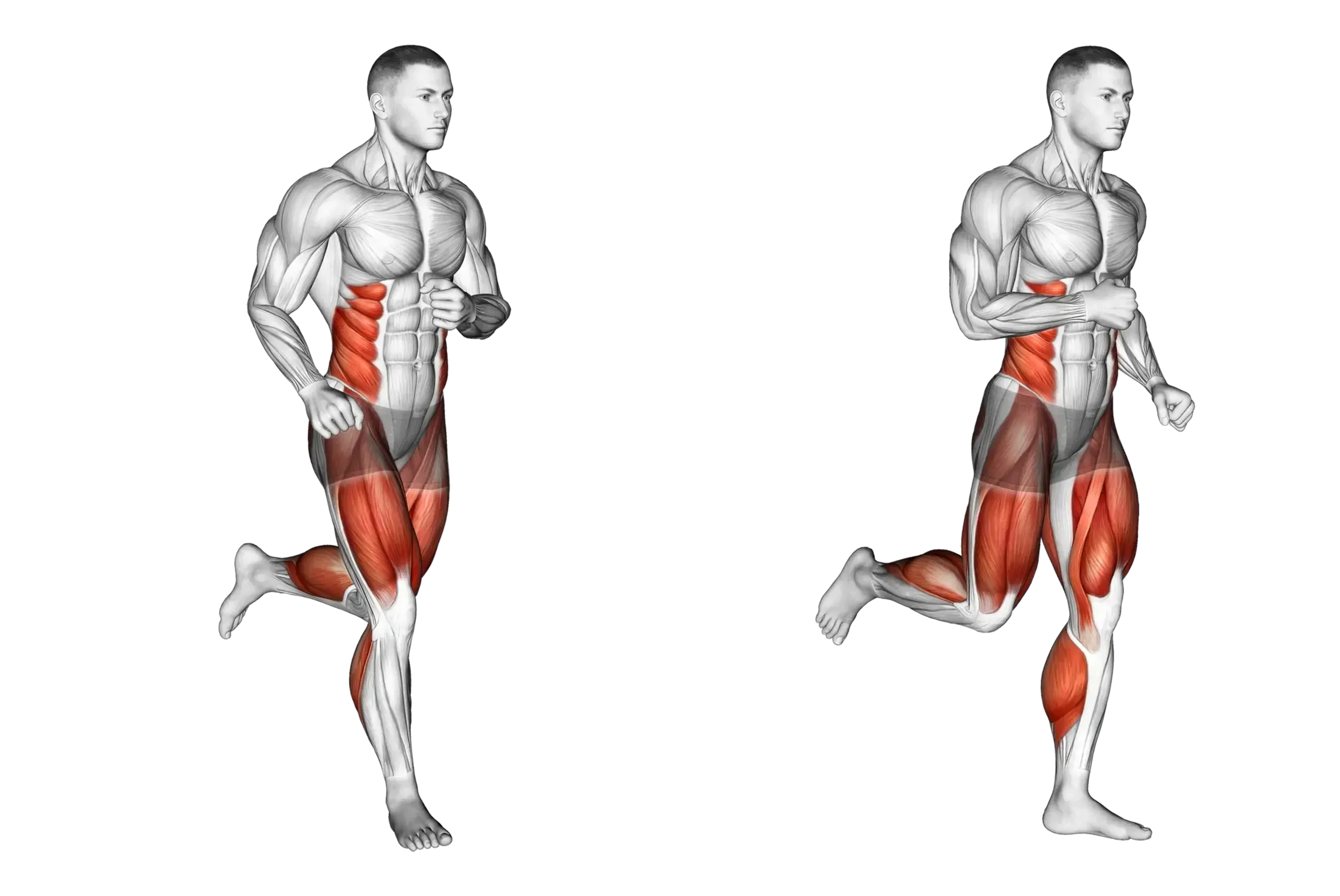
Overview
- Primary Focus:
- Cardio.
- Equipment:
- Body weight.
- Difficulty:
- Beginner.
General Information
Running is a cardio exercise that improves cardiovascular endurance and overall fitness. It is considered a beginner-level activity, depending on intensity and personal capabilities. Whether it's a light jog or a fast-paced sprint, running is a foundational movement that requires minimal equipment and can be done almost anywhere.
This exercise engages the entire body, especially the lower limbs and core. It helps strengthen the heart, improve lung capacity, and enhance muscular endurance. Over time, consistent running can support weight loss, regulate blood pressure, and improve mood through the release of endorphins.
There are many variations of running including outdoor road running, treadmill running, trail running, interval sprints, and more. Each has its unique benefits and can be tailored to match fitness goals - whether it's general health, fat burning, or athletic performance.
Muscles Worked
- Gluteus Maximus
- High
- Rectus Femoris
- High
- Vastus Lateralis
- High
- Vastus Medialis
- High
- Biceps Femoris
- Medium
- Gastrocnemius (Lateral Head)
- Medium
- Gastrocnemius (Medial Head)
- Medium
- Gluteus Medius
- Medium
- Semimembranosus
- Medium
- Semitendinosus
- Medium
- Serratus Anterior
- Medium
- Soleus
- Medium
- Erector Spinae
- Low
- External Oblique
- Low
- Rectus Abdominis
- Low
- Rectus Abdominis (Lower)
- Minimal
Instructions
- Choose an appropriate surface such as a running track, trail, or road.
- Start with a warm-up: walk or lightly jog for 5–10 minutes to prepare your muscles and joints.
- Stand upright with your shoulders relaxed and arms bent at about 90 degrees.
- Begin running with a natural stride, landing mid-foot with each step and keeping your posture upright.
- Breathe steadily through your nose and mouth, matching your breath with your pace.
- Maintain a consistent pace or alternate speeds based on your goal (steady-state vs intervals).
- Cool down with 5–10 minutes of walking and gentle stretching after completing your run.
Common Mistakes
Injuries
Running is a medium risk exercise depending on intensity, surface, and individual mechanics.
Common injuries include shin splints, runner’s knee, plantar fasciitis, and stress fractures—often caused by overtraining, poor running form, or inadequate footwear. These risks increase when running long distances or on hard, uneven surfaces.
To reduce injury risk, wear proper running shoes, increase mileage gradually, and allow time for recovery between sessions. Cross-training and strength work for hips, glutes, and core can also support joint health and running efficiency.
Alternative Exercises

Frequently Asked Questions
- Q: How long should a beginner run?
Start with 15-30 minutes, including walking intervals, and build up gradually.
- Q: Can I lose weight just by running?
Yes, running burns calories and supports fat loss, especially when combined with a healthy diet.
Overview
- Primary Focus:
- Cardio.
- Equipment:
- Body weight.
- Difficulty:
- Beginner.
